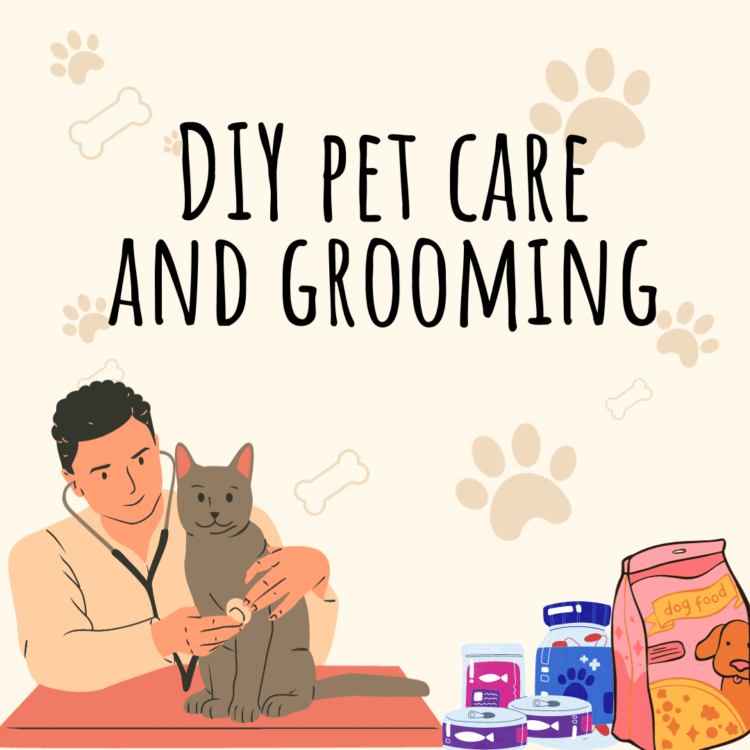Regular Brushing:
Why:
How:
Choose the right brush for your pet’s coat type (slicker brushes for long-haired breeds, bristle brushes for short-haired breeds).
Brush in the direction of hair growth to avoid discomfort.
Establish a brushing routine from a young age to make it a positive experience for your pet.
Nail Trimming:
Why:
How:
Invest in quality nail clippers designed for your pet’s size.
Be cautious not to cut too close to the quick (the blood vessel inside the nail).
Gradually introduce nail trimming to your pet to minimize anxiety.
Ear Cleaning:
Why:
How:
Use a pet-specific ear cleaner and cotton balls.
Gently wipe the visible parts of the ear, avoiding the ear canal.
If you notice any redness, swelling, or an unusual odor, consult your veterinarian.
Dental Care:
Why:
How:
Introduce dental care gradually with pet-friendly toothpaste and a soft toothbrush.
Dental chews and toys designed to promote oral health can be effective supplements.
Schedule professional dental cleanings as recommended by your veterinarian.
DIY Pet-Friendly Shampoos:
Why:
How:
Choose a shampoo formulated for your pet’s specific needs (e.g., hypoallergenic, flea and tick, moisturizing).
Make your own pet shampoo using natural ingredients like oatmeal, coconut oil, and aloe vera for a gentle, homemade alternative.
Eye Care:
Why:
How:
Use a moist cotton ball to gently wipe away any discharge from the corners of your pet’s eyes.
Consult your veterinarian if you notice persistent tearing or changes in eye appearance.
Paw Pad Maintenance:
Why:
How:
Apply a pet-safe paw balm or coconut oil to moisturize the pads.
Check for foreign objects, such as thorns or debris, between the paw pads.










No Comments
Leave Comment